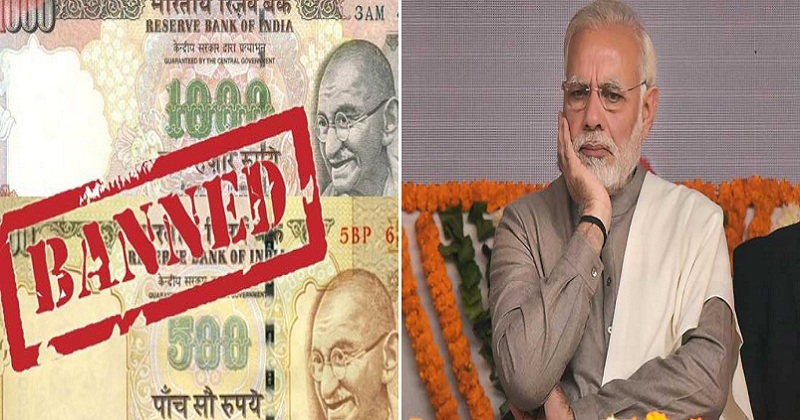
Demonetisation was announced on November 8 in 2016 declaring 86 per cent of the currency in circulation invalid. These were currency denominations of Rs 1,000 and Rs 500. In a televised address, Prime Minister Narendra Modi said the decision was taken to counter terror funding, corruption and hoarding of black money.
Three years down the line, 66 per cent of respondents in an online survey have said that demonetisation had negative impact on economy and labour employment. Only 28 per cent of the respondents said demonetisation did not have any negative impact in the survey conducted by LocalCircles, a citizen engagement platform.
About 33 per cent of those participating in the survey blamed demonetisation for economic slowdown that the government is finding hard to grapple with. Indian economy was flying high when demonetisation was announced.
A couple of quarters later, economy was on the downhill. It recovered briefly in 2017-18 but slipped again. The GDP growth rate has been declining for past five consecutive quarters. Though, demonetisation is not the only factor responsible for economic slowdown.
Economy watchers held that demonetisation hit the unorganised sector the hardest causing loss of jobs and initiating a spiral effect in which consumption declined due to loss of earning, particularly in villages.
In the latest survey, nearly a third of the respondents agreed with this view with 32 per cent holding demonetisation as the principal reason for loss of earnings for many unorganised sector workers.

Post Your Comments